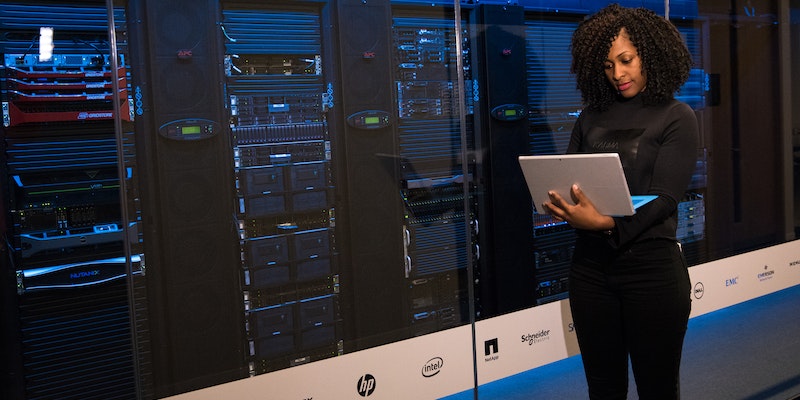In a groundbreaking collaboration, global technology leaders Nvidia and Foxconn have joined forces to develop state-of-the-art data center modules utilizing Nvidia’s powerful Grace Hopper chips. These modules are set to revolutionize the way factories operate by incorporating artificial intelligence (AI) capabilities into their workflows. This partnership aims to usher in a new era of manufacturing, where intelligent production takes center stage.
New Class of Data Centers for Factory Deployments
The Nvidia-Foxconn collaboration promises to introduce a new class of data centers specifically designed for AI-powered factories. These advanced data centers offer a multitude of benefits, including the ability to train AI models, enhance factory workflows, and even simulate scenarios before implementing them in the physical world. This novel approach ensures improved efficiency, productivity, and accuracy in factory operations.
Foxconn’s Role in Building AI Factories
Recognizing the significance of AI factories, Foxconn plans to construct a large number of systems based on Nvidia CPUs, GPUs, and networking solutions. With its extensive global customer base, Foxconn aims to empower these customers to create and operate their own AI factories. By leveraging Nvidia’s cutting-edge technology, Foxconn envisions accelerating the industry’s transition into the AI era and pioneering the manufacturing of intelligence.
Nvidia’s Perspective on AI Factories
According to Nvidia CEO Jensen Huang, a new breed of factories has emerged, known as AI factories, which generate intelligence. These data centers serve as the manufacturing hubs for AI models, where vast amounts of data are processed and transformed into actionable insights. By considering data centers as factories that produce intelligence, Nvidia highlights the significant impact that AI will have on the manufacturing industry.
Collaboration between Nvidia and Foxconn
Nvidia and Foxconn are fully committed to building these AI factories in unison. Their collaboration represents a combined effort to propel the industry forward, leveraging their technological expertise and shared vision. Foxconn’s Chairman and CEO, Young Liu, underscores the collaborative nature of the partnership, emphasizing the role of both companies in advancing the adoption of AI in factories.
Technical Specifications of the Data Centers
The custom designs of the data centers will be based on Nvidia HGX reference designs, showcasing the company’s commitment to pushing the boundaries of technology. These cutting-edge data centers will feature eight H100 Tensor Core GPUs per system, GH200 Superchips, OVX reference designs, and Nvidia networking. This robust hardware configuration ensures optimal performance and efficiency in AI-driven factory operations.
Applications in Smart Electric Vehicles
Foxconn’s Smart EV solution will be built on Nvidia’s Drive Hyperion 9 platform, a revolutionary platform designed for autonomous automotive fleets. By incorporating Nvidia’s Drive Thor system-on-a-chip, tailored for the automotive industry, Foxconn aims to revolutionize the development and deployment of smart electric vehicles. This integration of AI technology paves the way for safer, more efficient, and intelligent transportation solutions.
Implementation in Smart Manufacturing Robotic Systems
One of Foxconn’s key initiatives, Smart Manufacturing, will integrate Nvidia’s Isaac autonomous mobile robot platform into its robotic systems. The Nvidia Isaac platform provides advanced AI capabilities that enhance the performance, precision, and adaptability of robotic systems. By leveraging this technology, Foxconn aims to optimize manufacturing processes, streamline workflows, and boost productivity in factories.
Integration into Smart City Solutions
Foxconn’s Smart City offerings will incorporate the Nvidia Metropolis video analytics platform. This platform enables the analysis of vast amounts of video data, facilitating real-time intelligent decision-making in various aspects of urban management. By harnessing the power of AI and video analytics, Foxconn aims to create smarter and more sustainable cities for the future.
The collaboration between Nvidia and Foxconn represents a significant milestone in the development of AI-powered factories. The integration of Nvidia’s cutting-edge technology with Foxconn’s manufacturing expertise has the potential to transform industries worldwide. As AI takes center stage in manufacturing, these revolutionary data centers will empower factories to operate with unprecedented precision, efficiency, and intelligence. With Nvidia and Foxconn leading the way, the industry is rapidly moving into a new era of manufacturing where intelligent production thrives.

